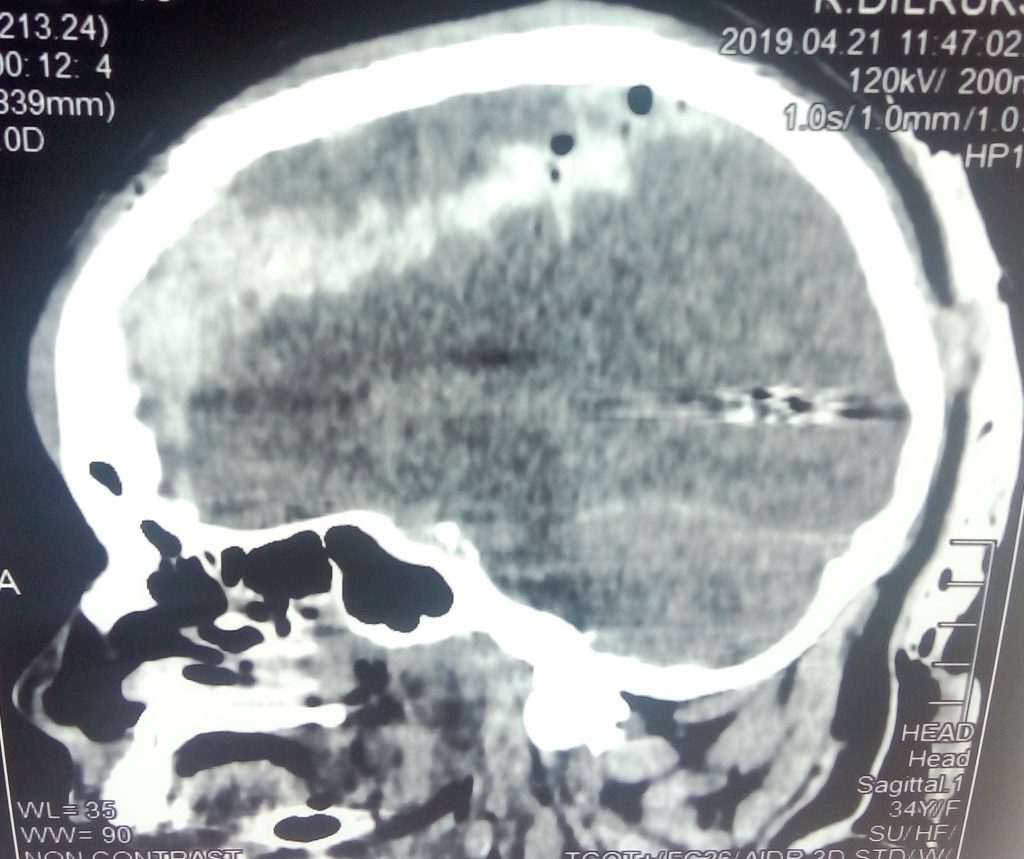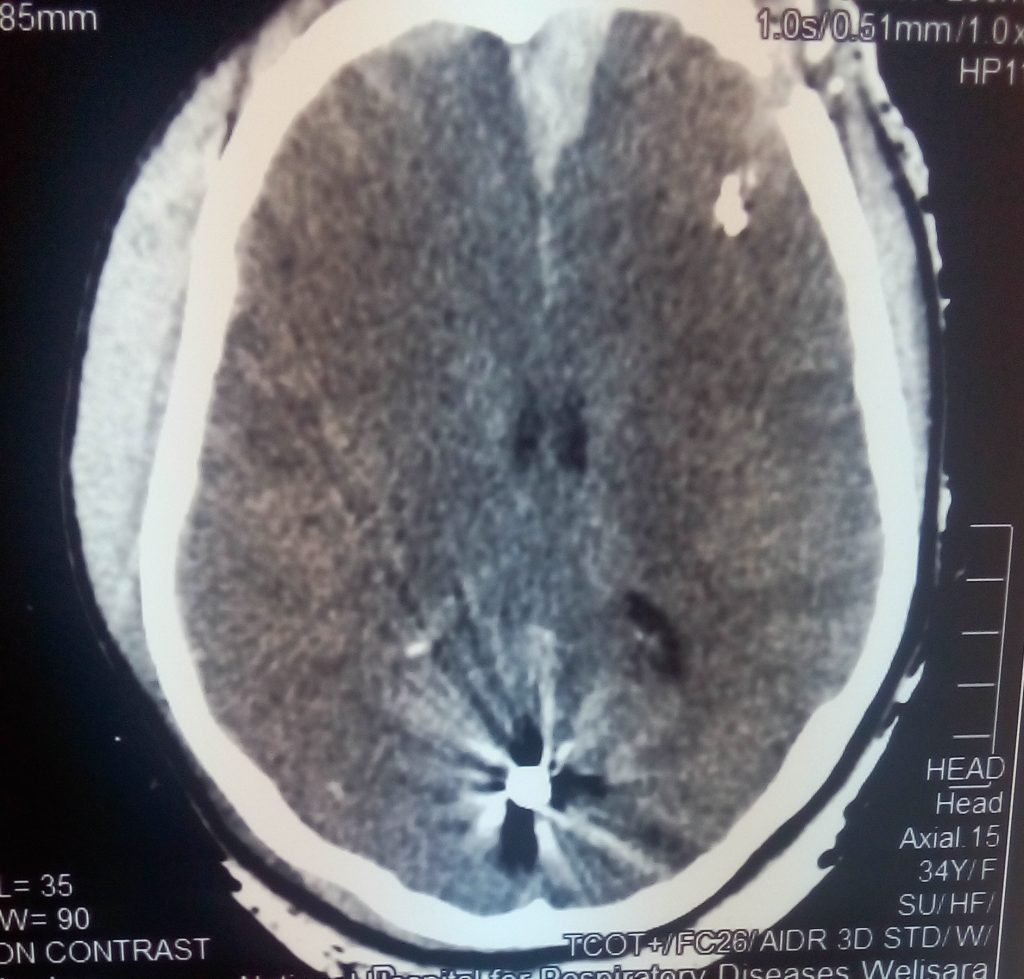A blast injury is a complex type of injuries resulting
from direct or indirect exposure to an explosion.
There are different types of bombs:
- Incendiary bombs – (Ex. Petrol bomb)
- Hand grenades
- Land mines
- Motors
- Time bomb
The basic content of all the bombs are the explosive
materials.
The effects of bomb explosion to the victims could
be : Primary, Secondary, Tertiary and Quaternary
effects of the bomb explosion.

Mechanisms of causation of injuries in blasts.
1.Primary-Unique to high explosives, results from the impact of the over- pressurization wave with body. Gas filled structures are most susceptible – lungs, stomach, bowel and middle ear surfaces. Types of Injuries-Blast lung(pulmonary barotrauma)ear drum rupture and middle ear damage
2.Secondary-Results from flying debris and bomb fragments. Any body part may be affected. Types of Injuries-Penetrating ballistic (fragmentation) or blunt injuries
3.Tertiary-Results from individuals being thrown by the blast wind. Any body part may be affected. Types of Injuries-Fracture and traumatic amputation, Closed and open brain injury
4.Quaternary-All explosion- related injuries, illnesses, or diseases not due to primary, secondary, or tertiary mechanisms. Includes exacerbation or complications of existing conditions. Any body part may be affected. Types of injuries-Burns (flash, partial, and full thickness)

At the time of explosion a large amount of energy is released which causes a devastating effects like complete disruption, fragmentation or mutilation of the body, or the local disruption (limited to a part of
body). Often only the people within near vicinity (1 –2 meters) are killed by the blast energy. When the explosion occurs, the generation of huge volume of gas and heat, causes compression wave to sweep outside. Due to the pressurized gas more damage occur to the internal organs with air-fluid interface. Such organs are lungs, bowels middle ear. Container of the bomb, Shrapnels which contains in the bomb and the other shrapnel like heated dust or sand particles or parts of the objects from the environment may acquire energy and cause injuries like multiple abrasions, lacerations or bruises. Parts of blasted vehicles, buildings may cause severe injuries to the people who are in the vicinity. Due to the excitement of the bomb blast existing natural diseases such as heart disease may be aggravated.